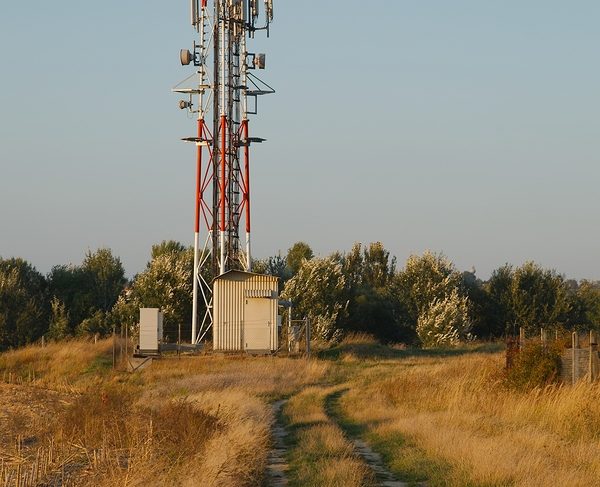
OTTAWA – After 276 members of Parliament voted earlier this month to support a private members motion, M-208, which calls for expanded digital infrastructure (wireless and wired) in rural areas, the standing committee on Industry, Science and Technology will begin hearings to study the matter Thursday morning.
“I am pleased to see that my colleagues from both sides of the aisle recognized that the lack of cell phone coverage and internet access in rural areas is a public safety issue faced by too many Canadians,” said Liberal MP for Pontiac, William Amos, said earlier this month when his motion passed.
As we noted when this motion was first introduced in the fall of 2018, Pontiac is the region just outside of Gatineau and goes north and east, encompassing Chelsea, a community which is home to many senior civil servants who we’ve heard struggle with wireless connectivity. It also runs north through Lac-Sainte-Marie, Maniwaki, and numerous other cottage country areas which are often populated by many Ottawa-Gatineau decision makers – and where wireless service in some of the region can be spotty at best.
“In my own riding of Pontiac, we saw how emergency responses are affected by insufficient or nonexistent cell phone coverage during the 2018 tornadoes and the 2017 floods,” added Amos. “In the last few weeks, the lack of cell phone coverage has once again left many municipal officials and citizens in rural areas isolated as they responded to flooding in Quebec, Ontario and New Brunswick. It is unacceptable that, in 2019, rural Canadians still struggle to call for assistance during natural disasters because of gaps in our digital infrastructure.”
Besides safety, M-208 also highlights how dependable broadband is needed to spur local rural economies. “In 2019, having reliable access to the internet is not a luxury, but is instead necessary to conduct business and innovate,” said Amos.
“My motion further complements the 2019 budget by arguing that the expansion of the digital infrastructure for high speed internet must be done hand in hand with the expansion of cell phone coverage in rural areas.”
The motion asks the committee look at:
- the underlying causes of, and prospective solutions to the gaps in wireless infrastructure deployment in rural Canada
- the regulatory role of the CRTC
- the fiscal and regulatory approaches to incentivize more significant investments in rural wireless infrastructure, and
- the Standing Committee on Public Safety and National Security should be instructed to undertake a comprehensive study on the public safety dimensions of wireless infrastructure deployment in rural Canada
The committee begins meetings to study M-208 Thursday morning and will hear from Bernadette Jordan, Minister of Rural Economic Development, Kelly Gillis, Deputy Minister, Infrastructure and Communities, and Lisa Setlakwe, Senior Assistant Deputy Minister, Strategy and Innovation Policy Sector.



